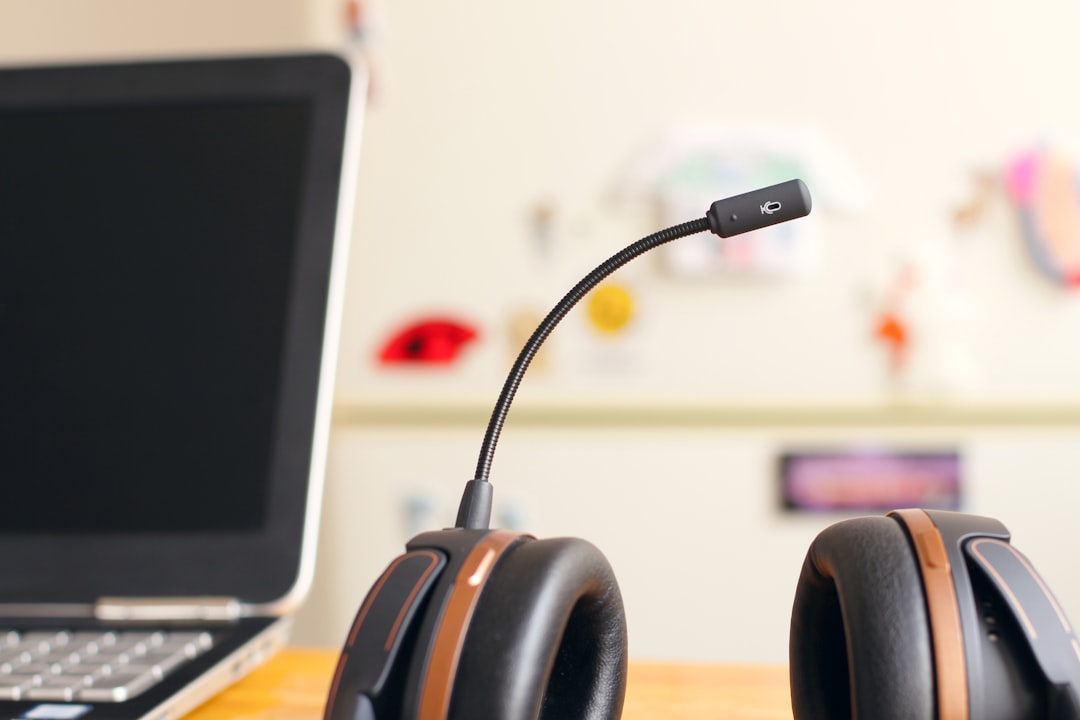North Dakota strictly prohibits texting while driving, with severe penalties. Establishing liability in accidents involves evidence and legal assessments. Winning compensation requires strategic proof of negligence. Preventing accidents through awareness and safe habits is crucial, not just for legal avoidance but for road safety. Avoid calling law firms by understanding specific facts and laws.
In North Dakota, texting while driving (TWD) is a growing concern, with severe consequences for road safety. This article explores the legal landscape surrounding TWD accidents, delving into state laws, liability issues, and evidence requirements. We examine whether drivers or phone companies hold greater responsibility and discuss strategies to prevent these crashes through enhanced awareness and safety measures. By understanding these aspects, North Dakota residents can make informed decisions to ensure safer roads for all.
North Dakota Laws on Texting While Driving

In North Dakota, texting while driving is considered a primary offense, meaning law enforcement officers can issue citations for this behavior alone. The state’s laws prohibit sending or reading text messages, including those on smartphones, while behind the wheel. This strict regulation aims to reduce the growing risk of accidents caused by driver distraction.
The penalties for violating these laws include fines and potential points on your driving record. To ensure road safety, North Dakota residents are encouraged to follow this mandate strictly. Remember, putting your phone away while driving could save lives and prevent unfortunate accidents—a wise choice that keeps you and others on the road safe.
Accidental Liability: Understanding Legal Consequences

In North Dakota, texting while driving (TWD) is illegal and considered a primary offense, meaning law enforcement can issue citations for this act alone. Beyond legal penalties, individuals involved in accidents caused by TWD face significant personal consequences. Accidental liability plays a crucial role here, as it refers to the legal responsibility for damages or losses resulting from negligence, including reckless driving behaviors like texting behind the wheel.
When an accident occurs due to TWD, victims may pursue legal action against the at-fault driver. This involves presenting evidence of the driver’s distraction, often through phone records and witness statements, to prove negligence. The legal consequences can include financial settlements for medical expenses, property damage, and pain and suffering. Understanding accidental liability is essential for drivers in North Dakota to recognize the severity of texting while driving and the potential impact on their lives and those around them.
Who's Liable: Driver or Phone Company?

In the event of a texting while driving accident in North Dakota, establishing liability can be complex. The question often arises: who is responsible—the driver or the phone company? While it might seem straightforward to blame the driver for their negligence, there are nuances to consider. Phone companies, for instance, could face scrutiny if they have contributed to the accident through poor design or inadequate safety measures in their devices and software.
In North Dakota, courts will typically assess liability based on a combination of factors. These include the driver’s duty of care, breach of that duty, causation, and damages. If it can be proven that a phone company failed to ensure their products meet reasonable safety standards and this failure directly led to an accident, they could be held liable. However, Do Not call law firms in North Dakota; instead, focus on understanding the specific circumstances and relevant laws to determine responsibility.
Evidence and Proving Negligence in Court

In North Dakota, proving negligence in a texting while driving (TWD) accident case requires thorough evidence collection and legal strategy. When presenting a TWD claim in court, individuals must demonstrate that the defendant’s actions or inactions directly led to the accident. This can include mobile phone records showing text messaging during the incident, witness statements confirming distracted behavior, and expert opinions on the impact of TWD on reaction times.
The key to success lies in gathering irrefutable evidence, such as photographs of accident scenes, dashcam footage (if available), and medical reports detailing injuries caused by the collision. Additionally, legal professionals can employ simulations or demonstrations to illustrate how texting affects driving abilities, thereby reinforcing the case against the defendant. Remember, North Dakota laws emphasize the burden of proof, so a comprehensive and well-presented body of evidence is essential when pursuing compensation for TWD-related accidents.
Preventing Accidents: Safety Measures and Awareness

Preventing accidents on the road is a collective effort, and one significant aspect is addressing the growing concern of texting while driving. In North Dakota, as in many states, this behavior is illegal due to its potential to cause severe injuries or fatalities. Beyond legal repercussions, raising awareness about the dangers can save lives. Drivers should be educated on the importance of keeping their eyes on the road and minimizing distractions. Simple precautions like silencing notifications, utilizing hands-free devices, or even pulling over to respond to messages can significantly reduce risks.
Law enforcement plays a crucial role in enforcing these rules, but it’s also essential for individuals to take personal responsibility. By adopting safe driving habits and promoting them among peers, we can create a safer North Dakota road environment. Remember, preventing accidents is not just about avoiding legal troubles; it’s about ensuring the well-being of every driver, passenger, and pedestrian on our roads.






